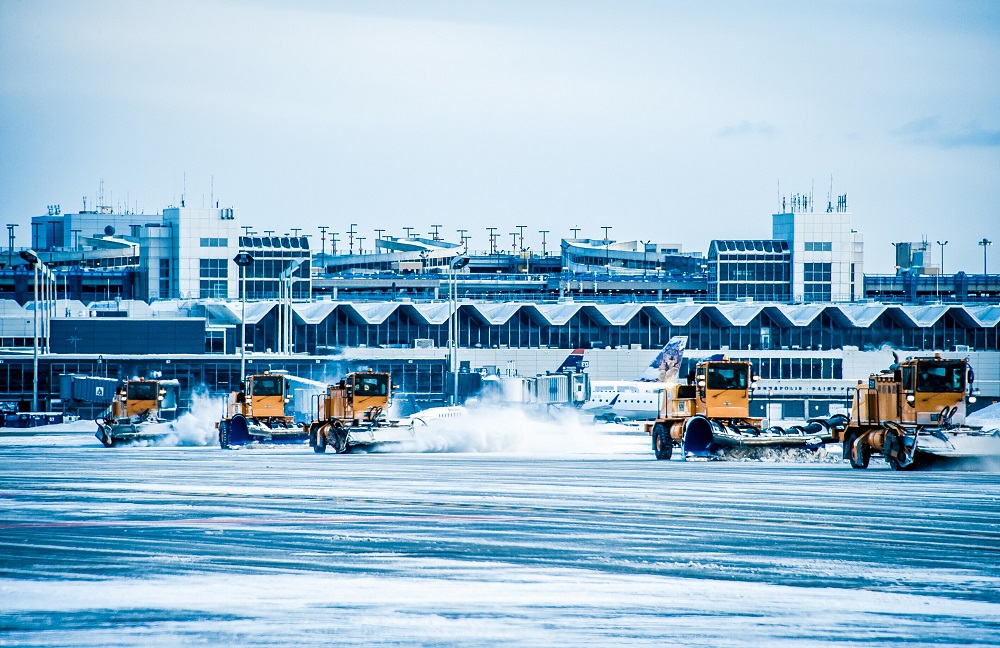Winter Weather Resources

As winter weather approaches, the FAA is working with travelers, pilots, and airports to ensure safe and efficient operations.
Snow and ice control are often a complex and demanding endeavor, requiring vigilance and care. The FAA provides a number of safety resources to inform and prepare all stakeholders. In addition to safety resources, the agency provides funding to support winter operations at the nation’s airports through the Airport Improvement Program. In addition, the FAA has awarded grant funding for snowplows, de-icing equipment, and new or upgraded facilities to store this equipment.
This funding goes to things like snowplows, de-icing equipment, and new or upgraded facilities to store this equipment.
Whether you are a pilot or traveler, the FAA has you covered this winter. Check out the information below to safely navigate winter weather travel.
Flying in winter poses unique challenges for general aviation pilots, ranging from snow-obscured airfield signs and cold airplane interiors to snowstorms and icing conditions. The FAA has a host of resources to help pilots get to their destinations safely throughout the season.
Safety Tips
- From Frost to Flight – Cleared for Takeoff blog
- Make Your Winter Safety List, Check It Twice. Don’t be Naughty, Watch Out for Snow and Ice – Cleared for Takeoff blog
- On the Plane, Snow is Glistening … - Cleared for Takeoff blog
- FAA Winter Flying Tips
- From the Flight Deck LIVE: A GA Pilot Winter Prep Workshop
- Winter Operations – FAA Safety Briefing magazine
- Flying and Surviving in Winter Weather
- Baby, It’s Cold Outside! Cold Weather Precautions for Rotorcraft
- Surviving the Season: Best Practices for Winter Weather Readiness
New Tools
- ‘From the Flight Deck’ Preps Pilots, Offers Preflight Planning Aid - Cleared for Takeoff blog
- More Eyes on the Skies in Colorado, Montana - Cleared for Takeoff blog
- Look Before You Fly with FAA Weather Cameras - Cleared for Takeoff blog
- Weather Cameras Go Operational in Colorado - Cleared for Takeoff blog
Air travel is much more efficient when you have up-to-date information to plan and prepare for your trip. In our Travelers section, you will find real-time airport status and delay information, what to know before you go to the airport, and important safety information.
The FAA's priority is safety, meaning that, sometimes, delays are necessary. Weather is the leading cause of delays and cancellations, but the FAA’s Command Center works closely with airlines to plan for, and around, expected weather nationwide.
Learn more about how the FAA navigates around bad weather.
